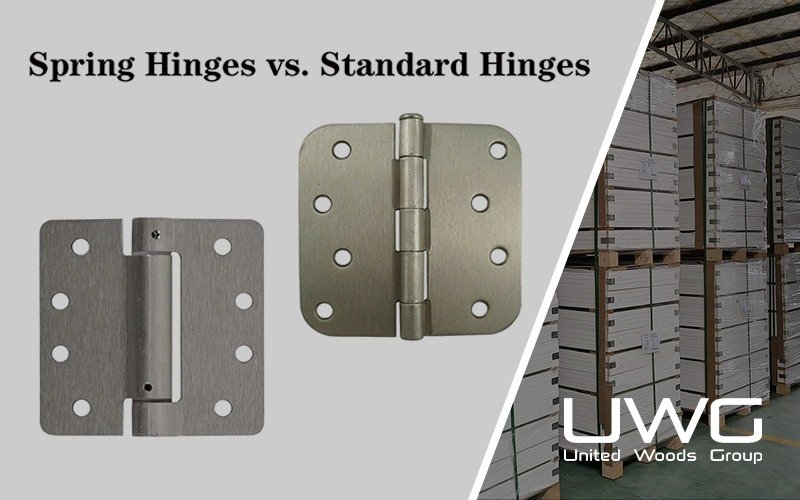Interior doors often fade into the background, yet they define how a home feels, functions, and even how much it’s worth. In 2025, North America’s interior door market is undergoing a shift: styles are evolving to balance minimalism with character, while buyers demand both durability and aesthetics. For builders, doors are no longer just an afterthought—they affect code compliance, acoustic comfort, and resale value. For homeowners, they’re one of the most visible design statements inside a living space. So, what interior door styles are shaping homes this year?
Why Interior Door Trends Matter in 2025
The North American interior door market is a multi-billion-dollar industry, valued at more than USD 15 billion in 2024 and projected to exceed USD 21 billion by 2030. This growth is driven by two forces:
- Housing demand: new builds and large-scale residential projects need cost-effective yet appealing options.
- Renovation boom: homeowners are replacing outdated hollow-core doors with solid-core, veneer, or glass-insert models that improve both performance and appearance.
For homeowners, interior doors improve sound insulation, privacy, and energy efficiency while tying design themes together. For builders and wholesalers, staying aligned with design trends means offering the right mix of affordable MDF-core Shaker doors, mid-market Barn sliders, and premium solid hardwood Craftsman designs.
In short, doors are no longer purely functional—they are design investments that impact comfort, compliance, and resale.
1. Modern Interior Doors
Defining features: Modern interior doors stand out for their flat or flush panels, sharp geometric edges, and the option of glass inserts that allow light to flow through rooms. Finishes often include matte black, charcoal gray, or natural oak veneers that align with today’s minimalist interiors.


Materials and structure: Most modern doors are built as solid-core slabs, using an engineered wood or MDF core wrapped in veneer or laminate for a smooth, flawless surface. This solid build improves sound insulation and resists warping. Lighter hollow-core options remain available for budget-conscious buyers, but high-demand markets are shifting to sturdier, higher-quality construction. Glass inserts are typically made from tempered safety glass, while hinges and handles often feature powder-coated steel or brushed aluminum for a sleek finish.
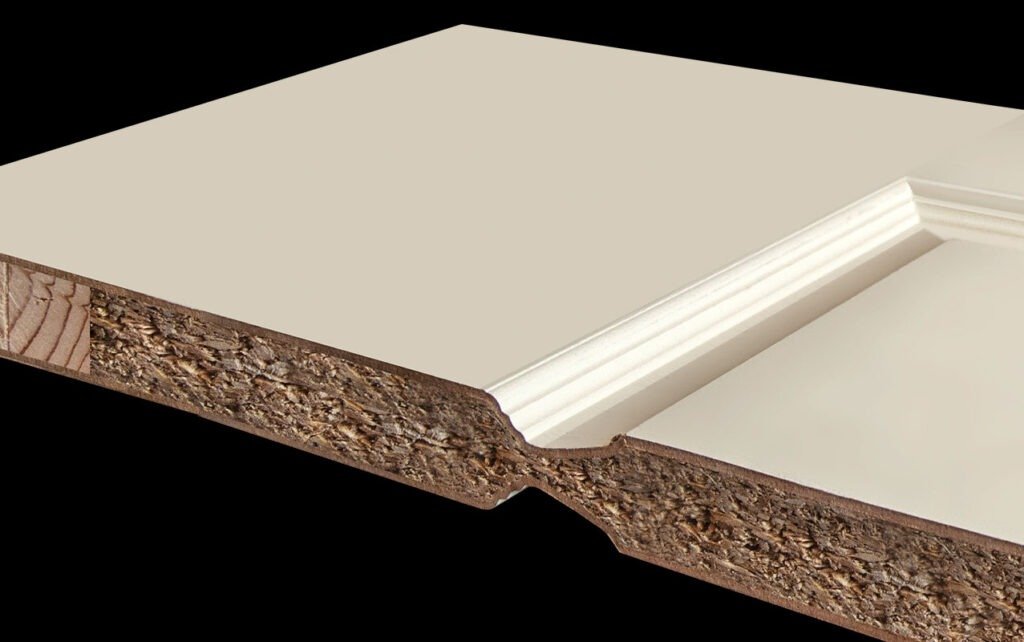
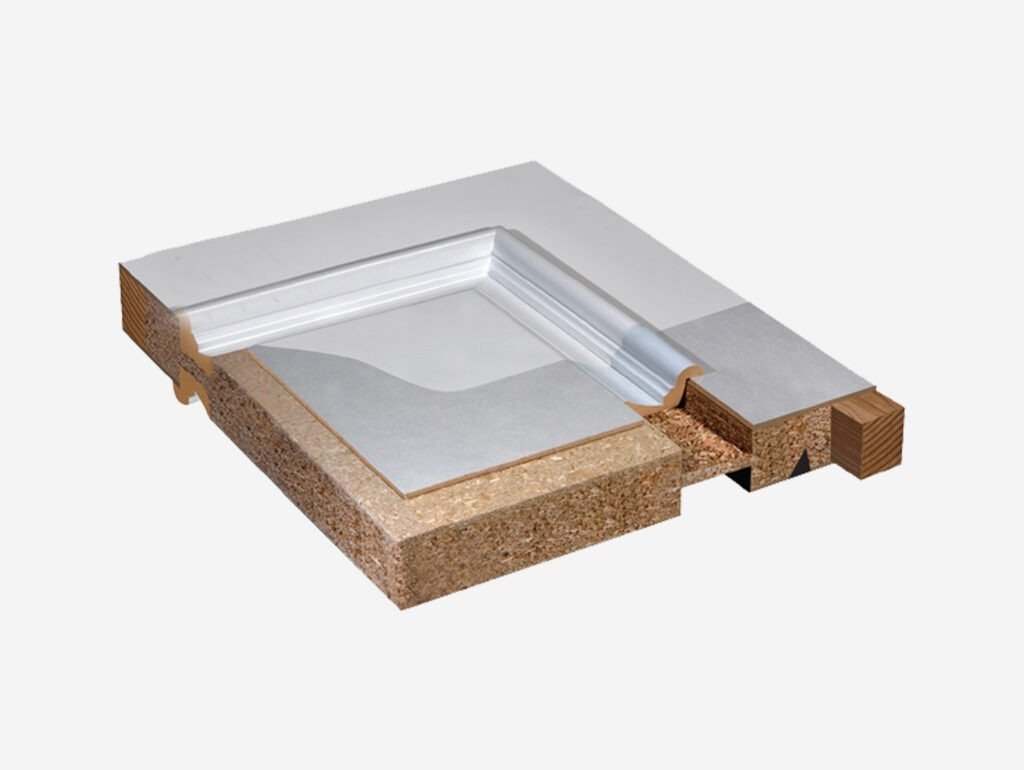
Why it’s trending: Younger homeowners and urban residents favor modern doors because they reinforce minimalist layouts and open-plan living. Their simple surfaces pair easily with contemporary furniture and flooring, while bold finishes like matte black make them feel like a design feature rather than just a functional barrier.
Market insight: Dealers report a rising preference for slab-style designs—doors with one unbroken surface rather than raised or recessed panels. These are not only easier to manufacture with CNC precision cutting but also simpler to install, which appeals to builders handling multiple-unit projects. Solid-core variants, in particular, are seeing higher orders because they provide durability, soundproofing, and a premium feel.
Best applications: Modern doors work best in condos, new townhouses, offices, and open-concept homes where clean lines and strong finishes complement minimalist design schemes.
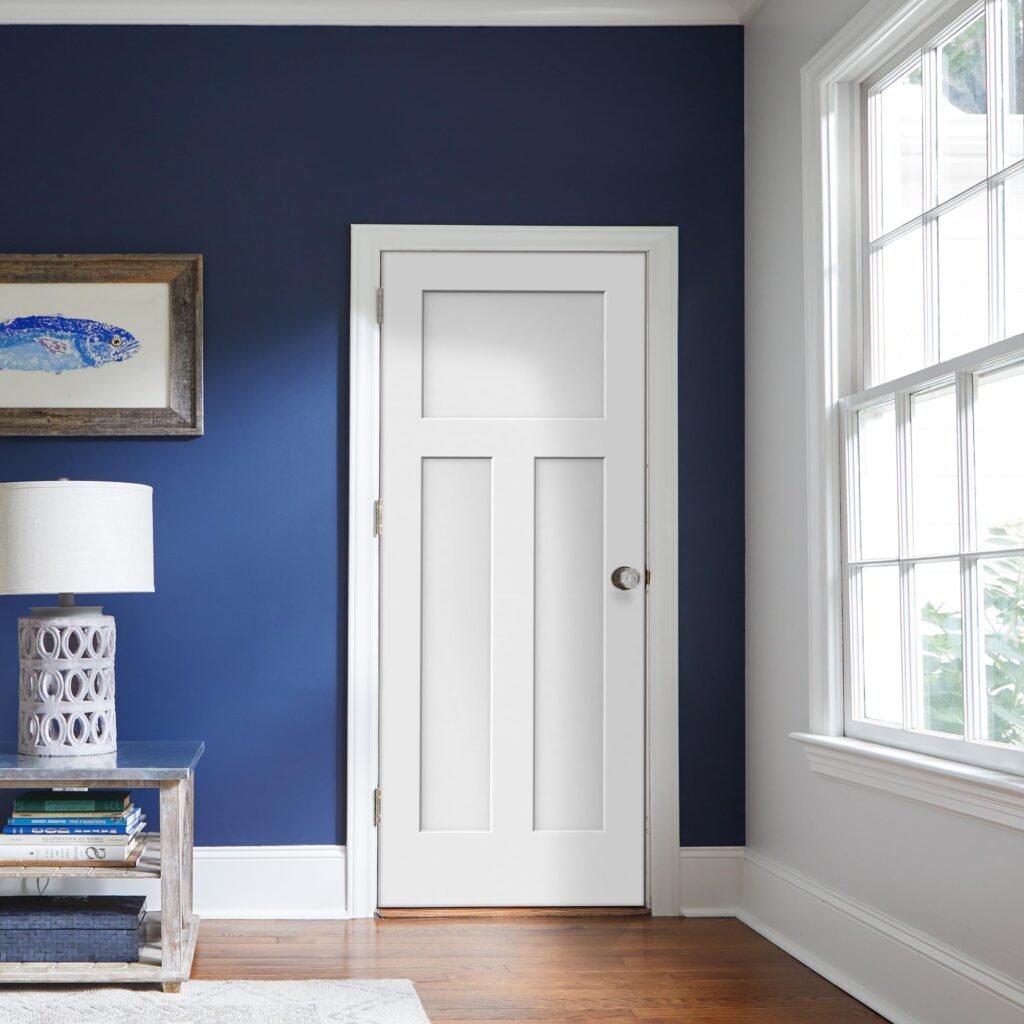
2. Shaker Style Doors
Defining features: Shaker doors are known for their flat recessed panels, square edges, and symmetrical frame design. The style dates back centuries but has remained relevant due to its simplicity and ability to blend seamlessly into multiple home aesthetics.

Materials and structure: Traditionally made from solid hardwood like maple or oak, today’s Shaker doors are often built with an engineered wood or MDF core and finished with painted or veneered panels. This hybrid construction keeps costs manageable while still offering durability. Their flat panels make them easy to paint, sand, or refinish, which adds to their appeal for both builders and homeowners.
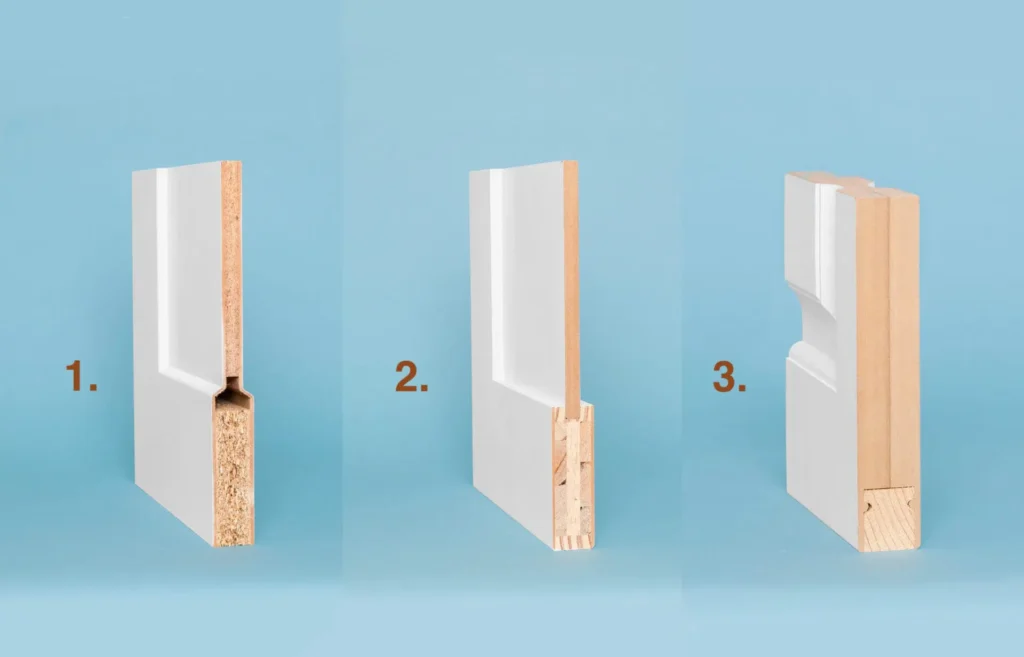
Why it’s trending: In 2025, Shaker doors continue to dominate because they work in traditional, transitional, and modern interiors alike. Their clean geometry avoids trend fatigue, and consumers see them as a “safe” design choice that won’t look outdated in a few years.
Market insight: Orders for painted Shaker doors in white, beige, and soft gray remain strongest, with builders favoring them for affordability, versatility, and quick lead times. Many dealers note that Shaker doors are the top choice for large-scale residential developments, because they meet both cost and style expectations.
Best applications: kitchens, bathrooms, and bedrooms—essentially anywhere a neutral, timeless style is required.

3. Barn Doors
Defining features: Barn doors operate on a sliding track system, often with exposed hardware such as black steel rollers. While they originated as rustic farmhouse elements, today’s barn doors are available in both weathered wood planks and sleek, modern panels, making them highly adaptable to different interiors.

Materials and structure: Most barn doors are built from solid or engineered wood, such as pine, oak, or reclaimed timber. Many manufacturers now offer laminated MDF cores with veneer overlays for a lighter, more affordable alternative. Tracks and hardware are usually powder-coated steel or brushed nickel, ensuring smooth sliding and durability. Some premium models feature soft-close systems and double-track setups for wider openings.
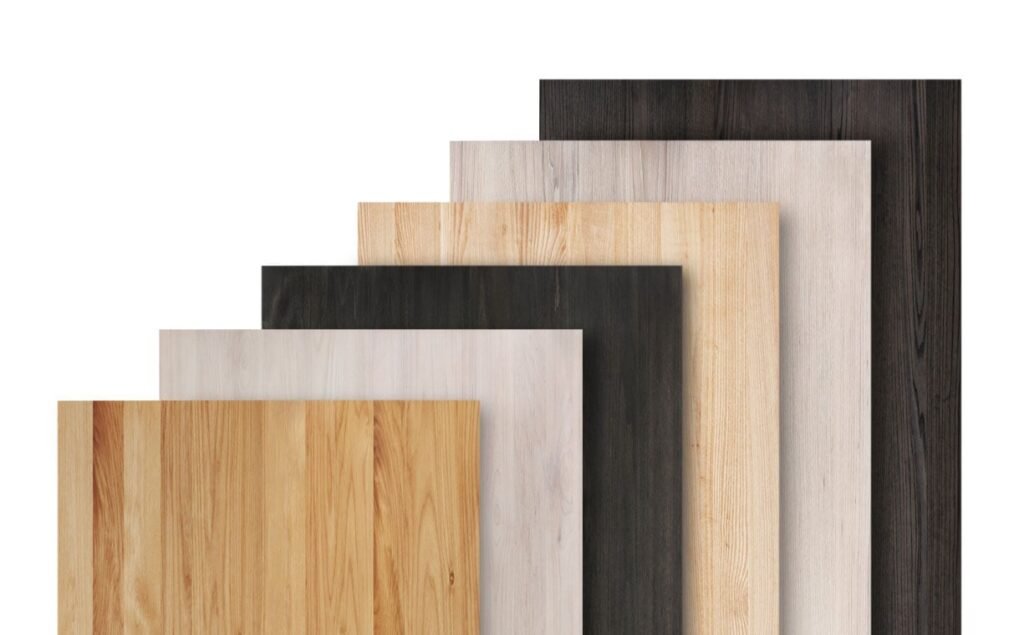
Why it’s trending: Barn doors have transitioned from a farmhouse-only look into a flexible design element. They save space in smaller homes by eliminating the swing radius of a hinged door, while also doubling as a decorative accent. The ability to customize stains, finishes, and panel layouts makes them attractive for homeowners seeking personalization.
Market insight: The U.S. barn door segment was valued at nearly USD 7 billion in 2024 and is projected to grow steadily at over 5% annually. Much of this demand comes from home renovations and open-concept remodels, where barn doors act as movable partitions that separate spaces without sacrificing openness.
Best applications: living rooms, home offices, entertainment rooms, and master suites—spaces where both functionality and visual impact matter.
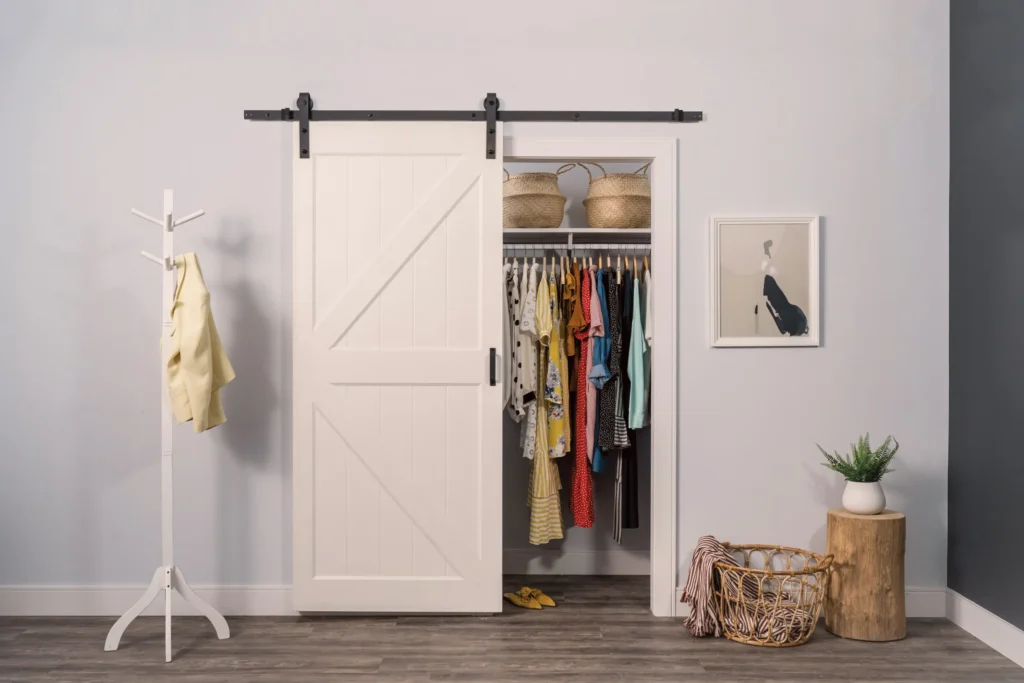
4. Craftsman Style Doors
Defining features: Craftsman doors are instantly recognizable for their distinct wood grain, simple vertical or horizontal panels, and decorative square edges. Many models include upper glass lites framed with wood mullions, creating a classic look that balances privacy with natural light.
Why it’s trending: In 2025, Craftsman doors are experiencing renewed interest as homeowners seek authenticity and character. With a wider design shift toward natural materials and heritage-inspired aesthetics, Craftsman doors appeal to those who want warmth, tradition, and a sense of permanence in their living spaces.
Market insight: While Craftsman is less common in mass housing than Shaker, it is gaining traction in custom builds and mid- to high-end renovations. Builders note that these doors, though often more expensive, deliver high perceived value because of their timeless style and robust construction. Homeowners choosing Craftsman doors often view them as a long-term investment in both design and durability.

Materials and Colors in 2025
Beyond style, materials and finishes are central to the appeal of interior doors in 2025. Buyers aren’t just choosing a look—they’re also weighing durability, acoustics, and maintenance.
- Solid-core construction: Increasingly preferred over hollow-core because it offers better sound insulation, heavier feel, and resistance to warping. Builders often specify solid-core for bedrooms, home offices, and shared walls.
- Engineered wood and MDF: Widely used for cost efficiency and dimensional stability. MDF cores with laminate or wood veneer finishes deliver a clean, uniform surface ideal for painting or staining.
- Glass inserts: Popular in modern and Craftsman doors, with tempered or frosted glass allowing natural light while maintaining privacy.
- Hardware finishes: Black matte and brushed nickel dominate, with brass and bronze making a quiet comeback in traditional or Craftsman projects.
- Popular colors: Matte black, natural oak, warm walnut, soft gray, and classic painted white. These shades reflect the wider home design trend of balancing minimalism with natural authenticity.
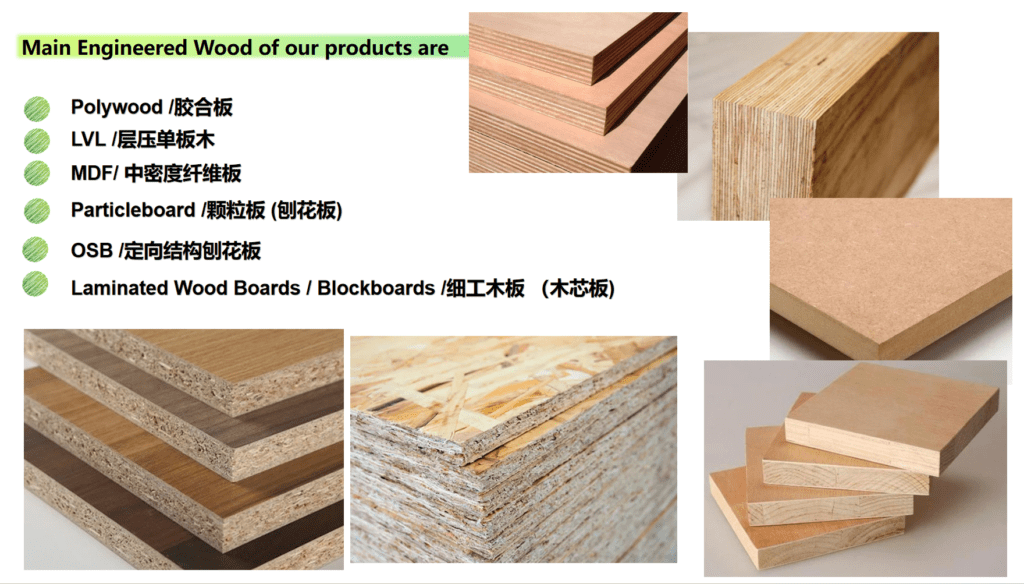
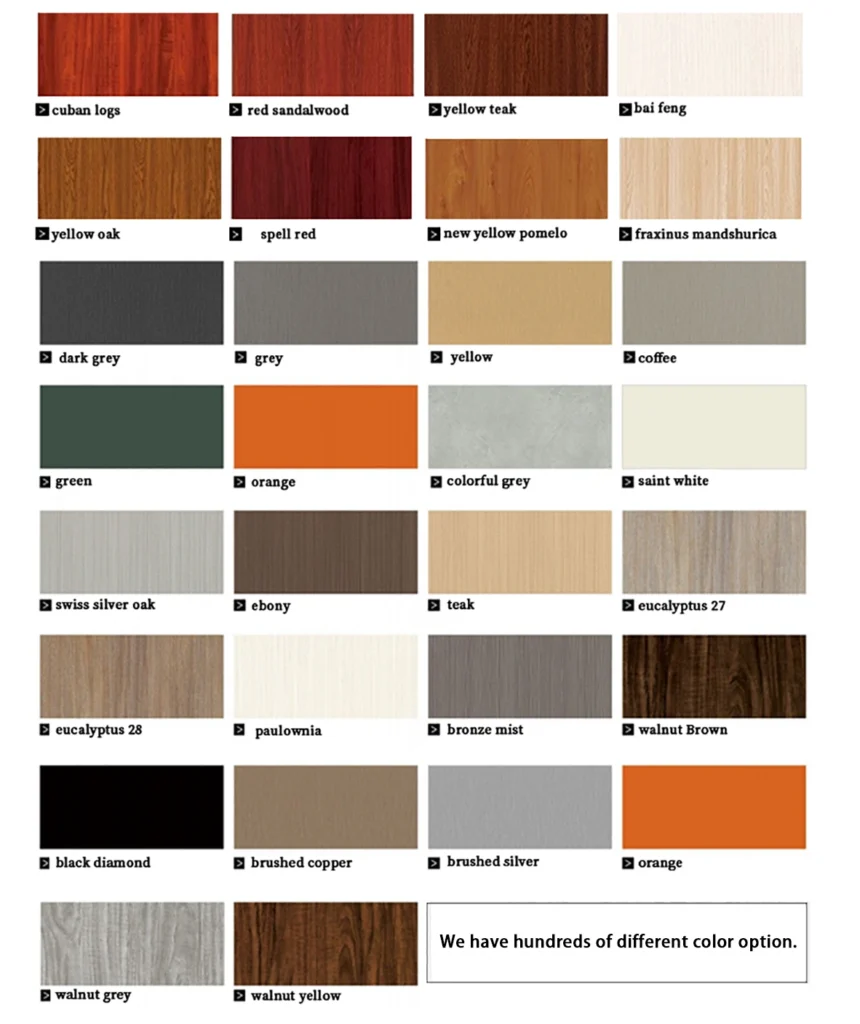
This mix of structural improvements and refined finishes shows that interior doors are no longer “just doors”—they’re functional design statements.
Market Positioning & Price Ranges
Each interior door style occupies a distinct place in the North American market, both in terms of price point and target demographic:
- Modern doors: Mid-range to premium. Chosen by urban professionals, developers of condos and townhouses, and design-conscious renovators. Customers pay extra for solid-core builds and premium finishes.
- Shaker doors: Budget to mid-range. They dominate volume housing projects and remodeling markets, offering versatility and easy customization. The affordability of MDF-core Shaker doors makes them a bulk favorite for builders.
- Barn doors: Solid mid-range. Typically purchased as statement pieces—not for every door in the home, but for select spaces where a sliding solution adds value. Higher-end barn doors use reclaimed wood or custom finishes, while affordable MDF versions keep the trend accessible.
- Craftsman doors: Premium. Favored by custom homebuilders, upscale renovators, and heritage projects. Their heavier builds and hardwood use increase costs but also perceived long-term value.
Takeaway for wholesalers and builders: Stocking a balanced portfolio ensures broad appeal, while positioning doors by both price and lifestyle makes it easier to guide clients toward the right choice.
| Style | Structure & Materials | Key Features | Popular Finishes/Colors | Market Position | Best Applications |
|---|---|---|---|---|---|
| Modern | Solid/MDF core, veneer, tempered glass inserts | Flush panels, clean lines | Black matte, gray, natural oak | Mid–High | Condos, offices, urban new builds |
| Shaker | Solid/MDF core with paint/veneer panels | Recessed panels, simple design | White, beige, soft gray | Budget–Mid | Kitchens, baths, bedrooms |
| Barn | Solid or engineered wood, sliding track hardware | Sliding, exposed steel rollers | Rustic stains, black, brushed nickel hardware | Mid | Living rooms, home offices, entertainment suites |
| Craftsman | Solid hardwoods (oak, maple) or veneer, glass lites | Wood grain, square edges, framed glass panels | Walnut, oak, painted finishes | High | Family homes, restoration projects, custom builds |
Conclusion
Interior doors in 2025 are more than functional barriers—they set the tone for every home. Whether you choose Modern, Shaker, Barn, or Craftsman, today’s options let you balance budget, durability, and style, ensuring your doors work as beautifully as they look.





